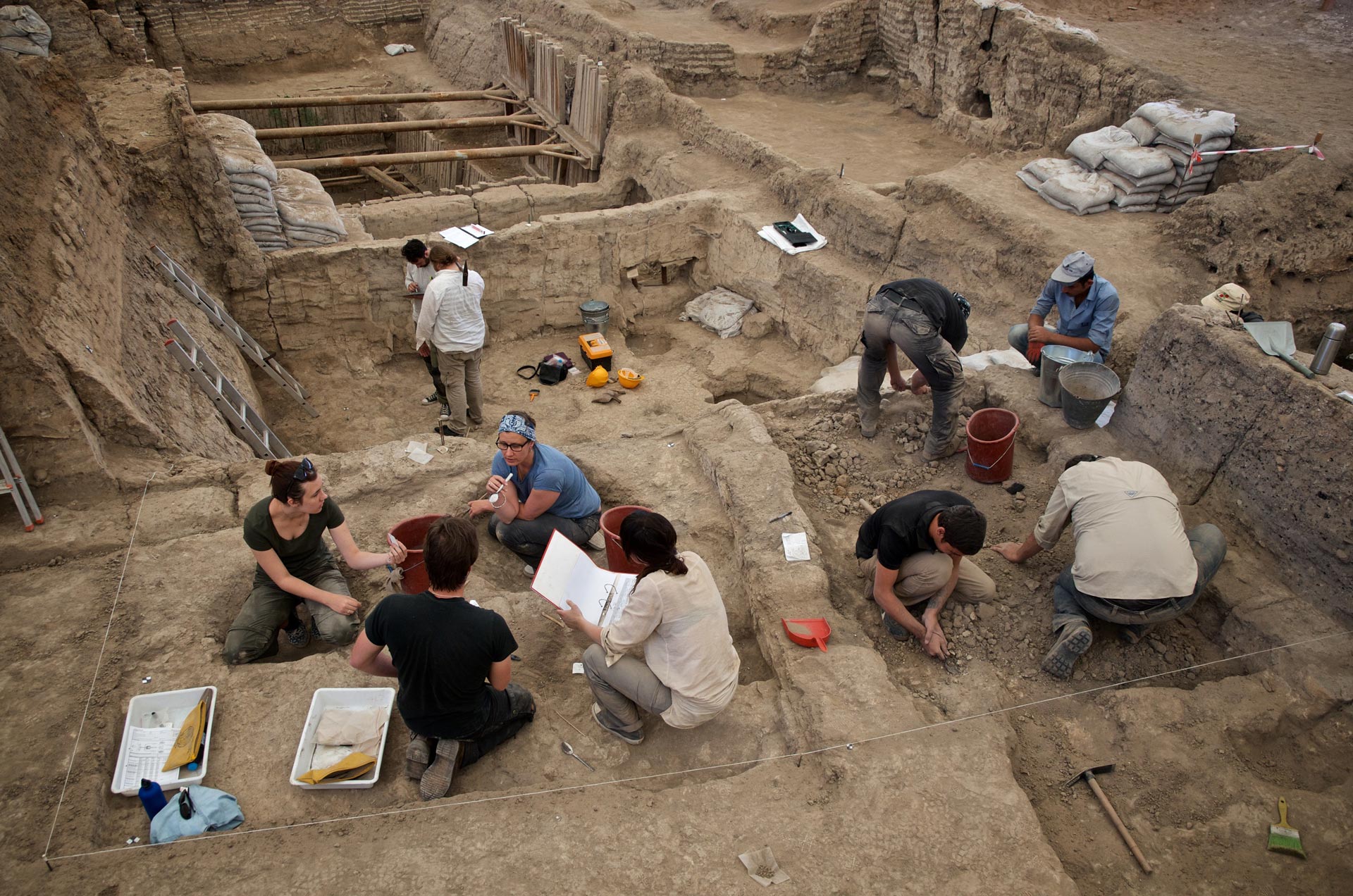What is archaeology and what is it for
What is archaeology and what is it for?
Archaeology is a branch of historical science that studies the past of mankind and the patterns of its development through physical historical sources. This is what makes archaeology different from other branches of historical science, which deal mainly with written historical sources. The word "archaeology" itself can be translated as "stories of antiquity" or "the science of antiquity". Archaeology is a term that has been around since Ancient Greece, but became a modern academic concept only in the early years of the nineteenth century. So students often google "Do My Assignment" looking for a service to help them with archaeology.
So how do ordinary people understand archaeology?
The public's understanding of archaeology https://Allmylinks.com/ielts-hints115 and archaeologists has generally been shaped by adventure literature or films, which often show archaeology as a treasure hunt. Examples include films such as Lara Croft: Tomb Raider, Indiana Jones and others. Real archaeology has nothing to do with such plots. Archaeology is hard, laborious work, and archaeologists' "prey" is often the shards of ancient dishes, bones, kitchen scraps and lots of other things of no interest to non-specialists. Jewels and treasures can still be found, but they are more the exception than the rule. And of course, found objects never become the property of the discoverer, whatever they may be. Because everything that belongs to our country's cultural and historical heritage, on the ground, under the ground or Https://Www.Propelio.Com/Academy/Community/Profile/School-Worker/ under the water, is the property of the state. Archaeologists are not looking for objects from forgotten eras, but for the information found objects can provide about the past.
Archaeology can be said to be "history with a spade" and its objects of study are not objects themselves, but ancient communities of people or the remnants of ancient societies. Only a small part of material culture has survived from those ancient eras, in the form of objects or structures used by our ancestors. It is an important feature of archaeological science: in most cases researchers get into the hands of not those things and structures, which were used in ancient times, but their remains. Even if the object has not been broken in use, it has changed dramatically over the centuries. Objects made of organic materials tend to decompose, metals corrode, even long-lasting stone wears away and cracks. Ancient cities and structures are destroyed or rebuilt, sometimes beyond recognition.
More often than not, archaeologists investigate the ancient history of people when writing did not yet exist or did not yet cover all aspects of ancient life. However, the methods of this science are also used to study relatively recent history if, for some reason, other sources of information are unavailable or insufficient.
All objects that have been used by people from their time until the present day are lumped together under the term "material historical sources". What, then, is meant by this term? Physical historical sources include any objects, structures, waste, etc., which have arisen as a result of human activity. These can range from entire ancient cities to the tiniest flint flake from the production of stone tools. The discovery of the remains of an ancient settlement or burial site has been called an 'archaeological heritage site', and the individual items are referred to as 'artefacts'.



Leave a Reply